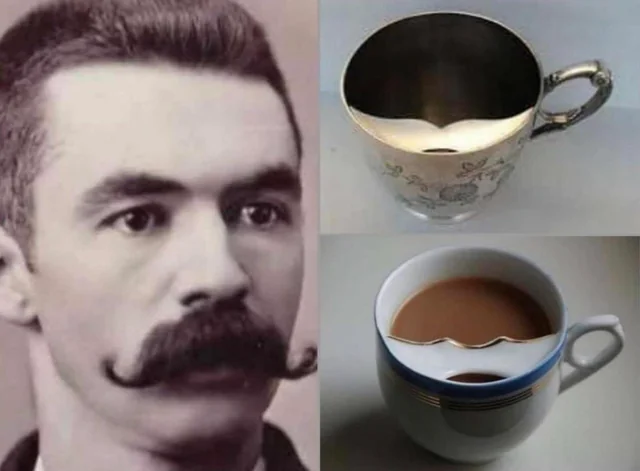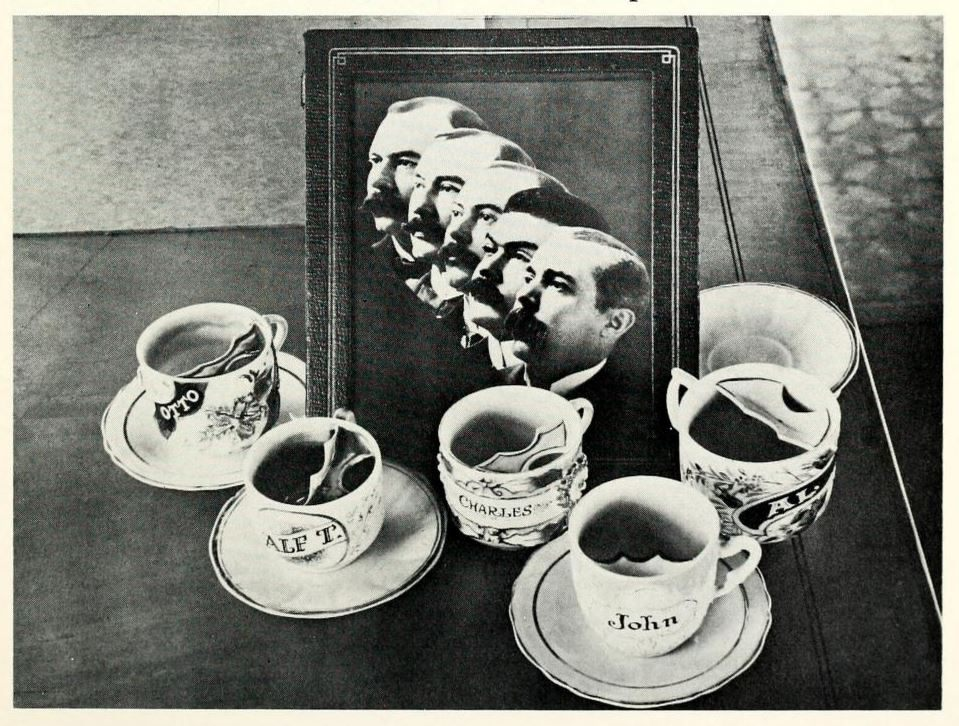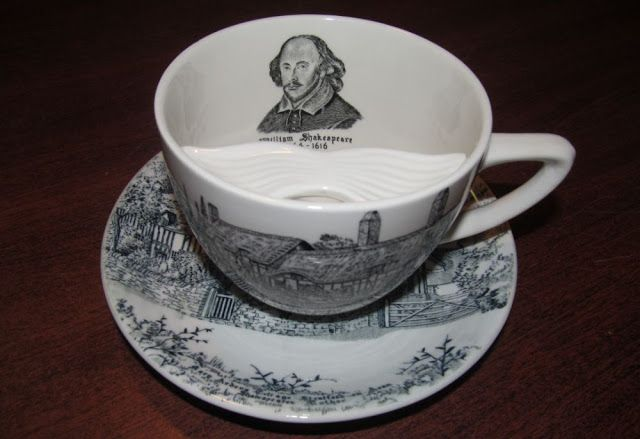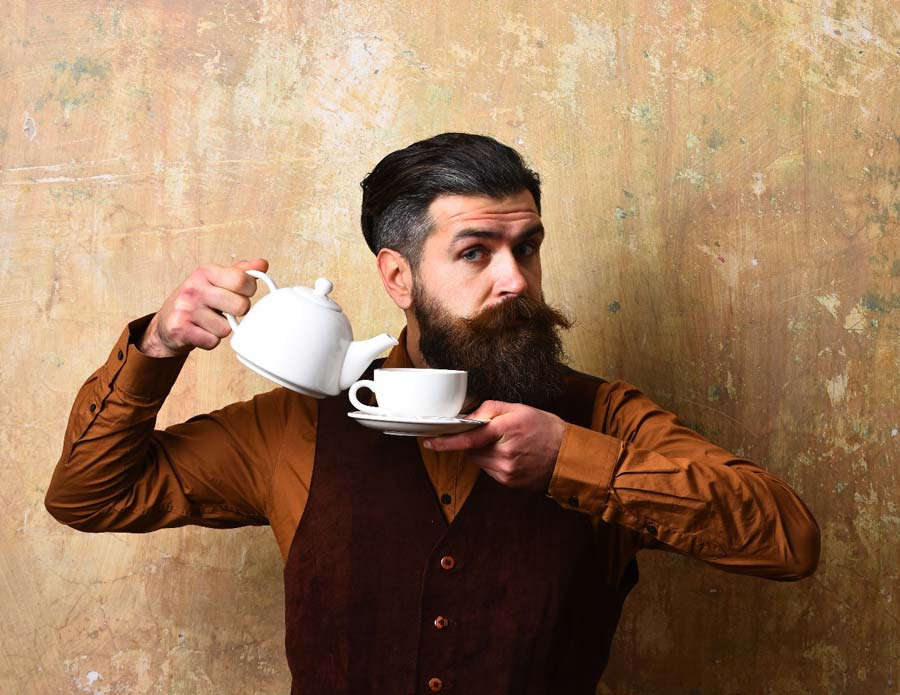In the late 19th century, England was in the thick of the Victorian era a time marked by strict social customs, elegant fashion, and a deep appreciation for personal grooming. For men, that meant one thing: mustaches. Thick, waxed, and meticulously styled facial hair was not just a trend, it was practically a badge of honor. A well-groomed mustache symbolized refinement, masculinity, and even social status.
But with great mustaches came unexpected challenges especially when it came to sipping a steaming cup of tea or coffee. The heat and steam would melt the mustache wax, leaving unpleasant residue in the drink and often ruining a gentleman’s carefully coiffed look. The elegant solution? The mustache cup.

What Exactly Is a Mustache Cup?
At first glance, a mustache cup looked like any other fine porcelain teacup. But inside, near the rim, it featured a clever porcelain ledge with a semi-circular opening. This ledge acted as a guard, allowing the gentleman’s drink to flow through while shielding his prized facial hair from direct contact with the hot liquid.

This smart little invention wasn’t just a novelty. It became a must-have item among upper-class men, a staple of British drawing rooms, and even an export hit in Europe and North America. Its function was purely practical, but the mustache cup quickly evolved into a fashion item in its own right.
Video:
The Victorian Moustache Cup
How the Mustache Cup Was Born
The invention of the mustache cup is credited to British potter Harvey Adams, who designed the first version in the 1860s. Seeing the growing popularity of mustaches and the grooming concerns they created, Adams spotted an opportunity. His design quickly caught on, and other porcelain manufacturers rushed to create their own versions, each with more elaborate decorations, monograms, and gilded details.
Soon, mustache cups were everywhere from gentlemen’s clubs in London to parlors in New York. They became popular gifts, wedding presents, and collector’s items. Some were hand-painted with floral patterns, while others featured military insignia, initials, or romantic phrases. A simple cup had transformed into a canvas for personal expression.

Symbol of Status and Style
Victorian society prized decorum and outward appearance. In that world, a messy mustache simply wouldn’t do. For many men, especially those in business or politics, keeping up appearances meant maintaining perfect grooming at all times even while enjoying a quiet cup of tea.
Video:
Highlights of my mustache cup collection #1
Owning a mustache cup was a sign that you not only took pride in your facial hair but also in your overall appearance. It showed a commitment to style, detail, and the unspoken rules of etiquette. In some circles, not using one might even be seen as a breach of gentlemanly conduct.
The Decline of the Mustache Cup
As styles changed in the early 20th century, the dominance of the mustache began to fade. The clean-shaven look gained popularity, influenced by changing attitudes after World War I. With fewer men sporting mustaches, the practical need for the cups slowly vanished.
By the 1920s and 1930s, mustache cups had become relics of a bygone era. They were packed away into attics or passed down as heirlooms. But even as their practical use faded, their charm did not. Today, mustache cups are treasured antiques, collected by enthusiasts around the world who appreciate their history and whimsical elegance.

A Toast to Victorian Ingenuity
The mustache cup may seem like a quirky oddity, but it represents something much bigger: the creative problem-solving and attention to detail that defined Victorian culture. It also serves as a reminder that even the smallest design tweaks can transform everyday objects into beloved traditions.
From porcelain factories in England to tea tables around the world, the mustache cup left its mark on history one well-groomed sip at a time.


